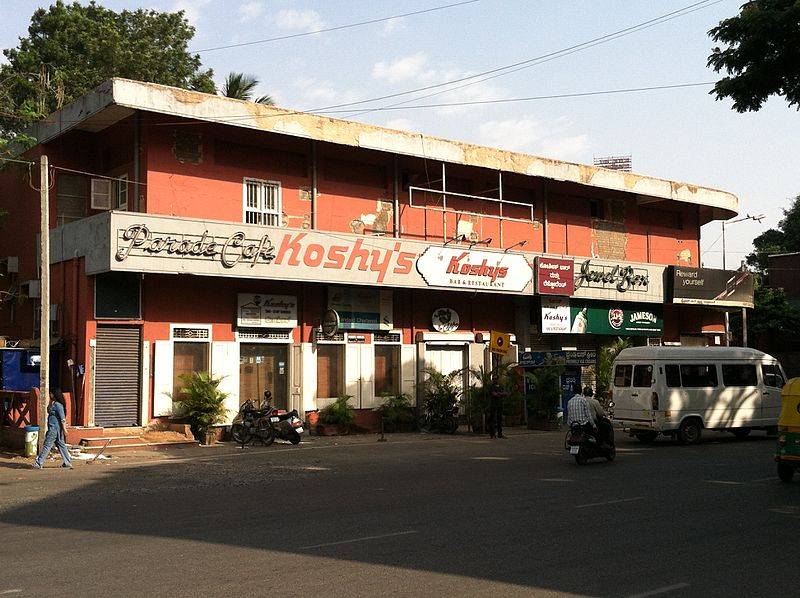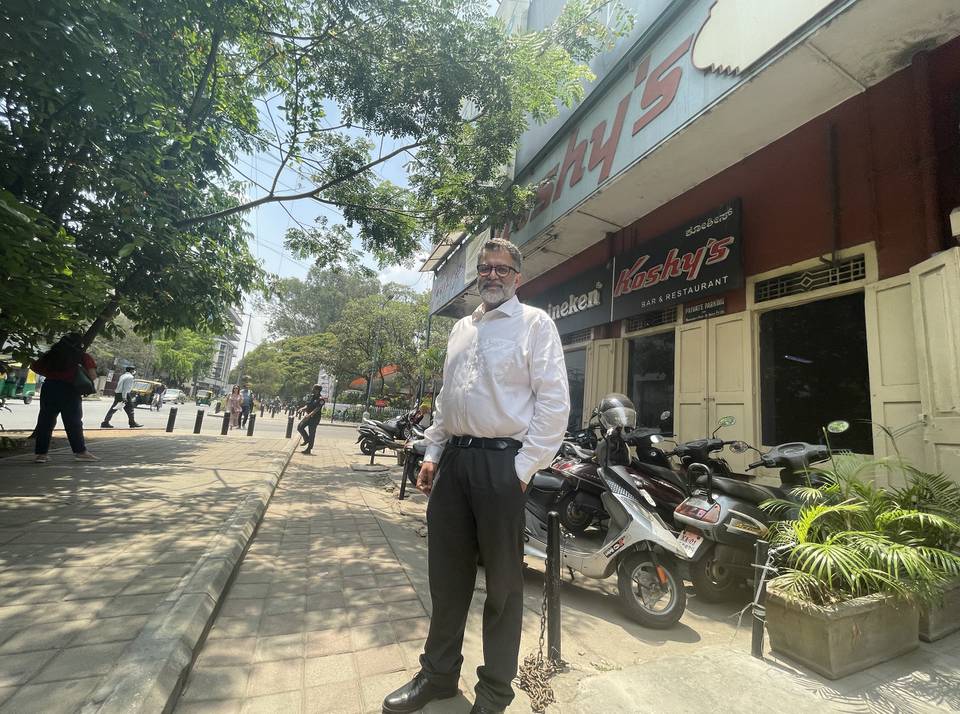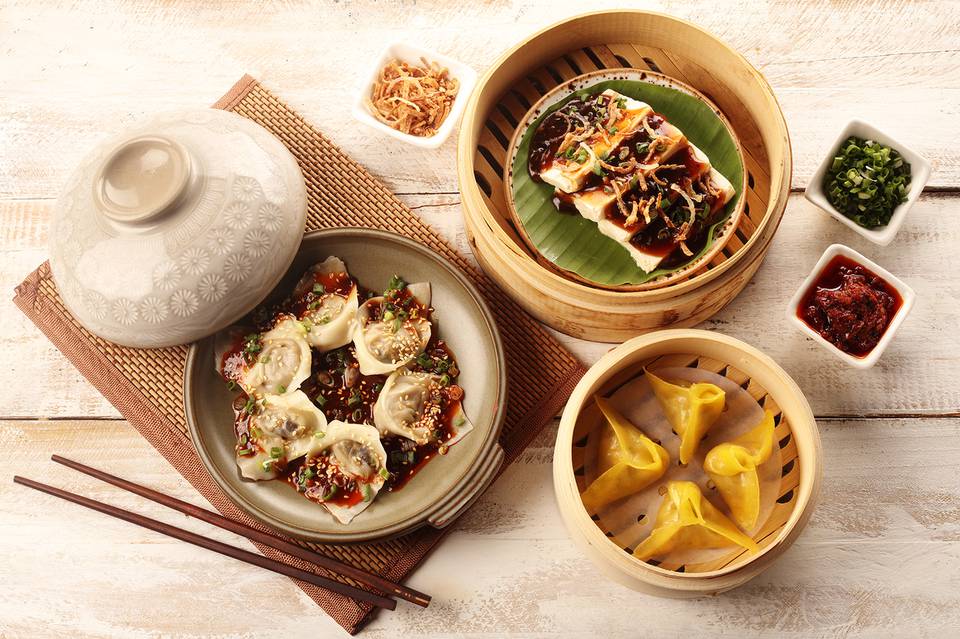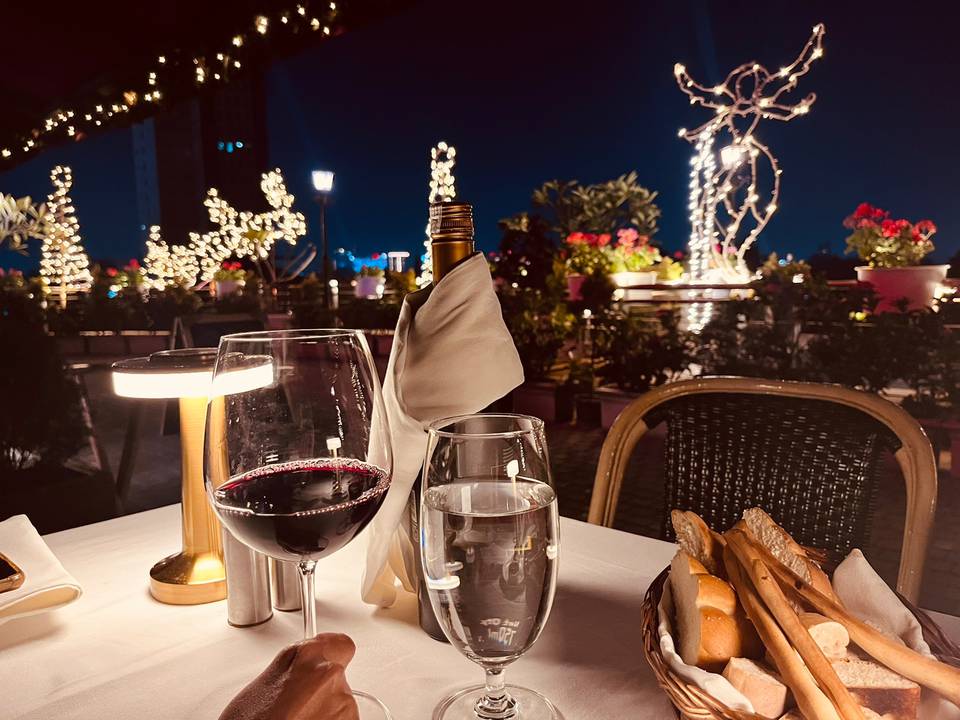Fear And Trust Are Key To The Fortunes Of Bangalore’s Restaurant Business
Will the Covid pandemic change anything permanently about the restaurant business? The underpinning reason raises a deeper question. How important are restaurants to Bangaloreans? Will the emergence of a vaccine bring everything back to the old normal? Or is there a new normal? First published 25 Nov 2020
Feb 20, 2021, 02 22 | Updated: Jun 20, 2021, 14 41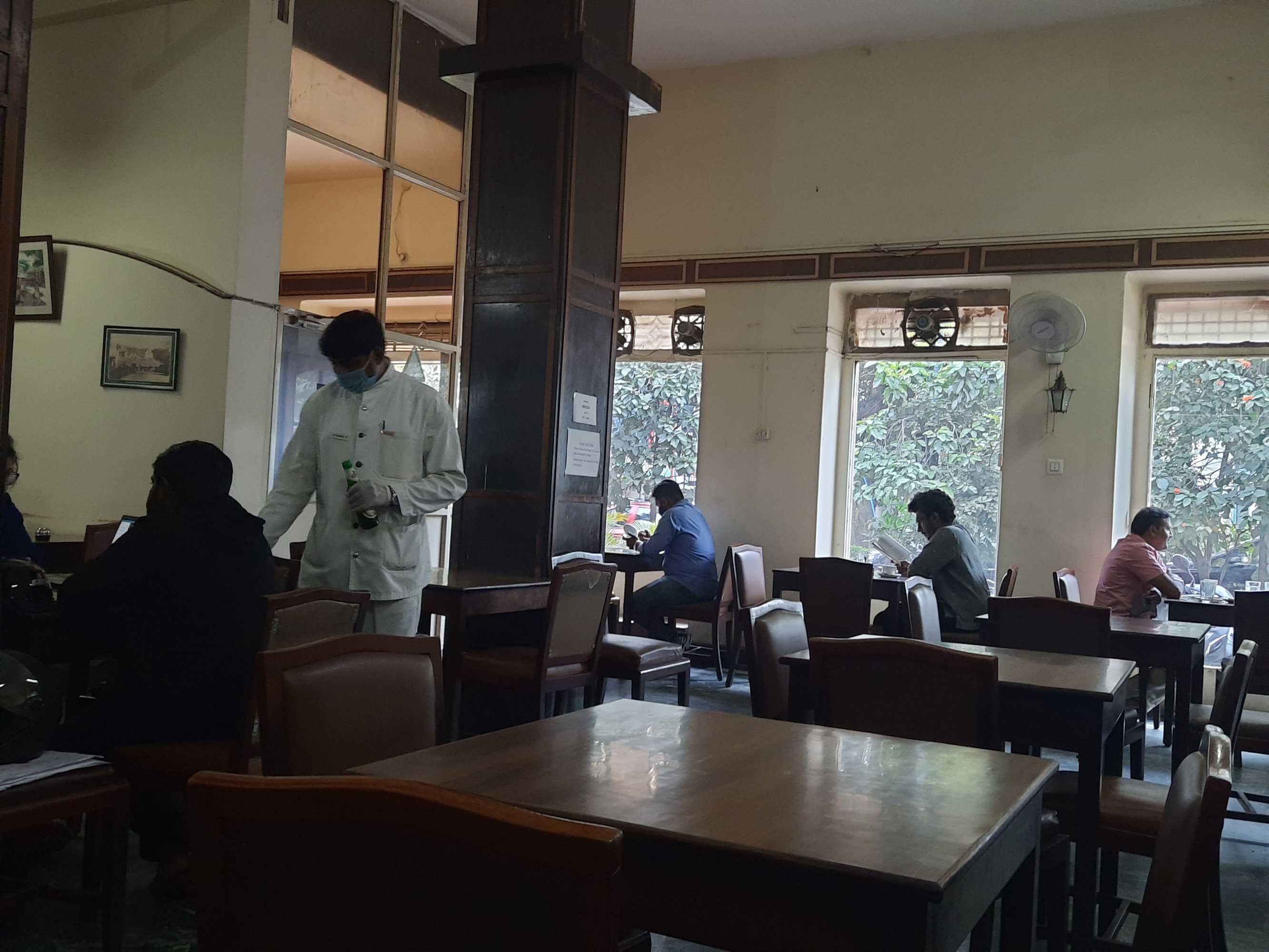
In the western milieu, the relationship between people and restaurants is rooted in an appreciation based on a knowledge of — or at least an interest in — cuisines and tastes.
In Bangalore, restaurants are where we socialise.
It’s a merry atmosphere of drinks and laughs and sharing food — Indian, Chinese, and the mother of all offering, the “multi-cuisine” restaurant — are great for sharing.
But when the pandemic hit and the lockdowns began, restaurants were shut down. Ever since then, this business has been subject to hardship caused not only from the cessation of business but more from uncertainty and whimsical government rules.
First, restaurants were subjected to a total lockdown. This lasted months.
During this time, all restaurants did was wrestle with what to do with rent — bargain with landlords, salaries — there are human and ethical considerations other than legal — and then then the lockdown was partially lifted. Restaurants were allowed to open, but with a detailed list of must- and mustn’t-do items.
Most of them were happy merely to have the opportunity to be back in business and they were willing to find a way to stay open for business with all the new limitations.
But then just as they were trying to settle down, the government announced a second lockdown.
The second lockdown clarified several things to businesses.
First, some small businesses in the city alluded to their inability to believe that there is a stable plan to deal with the pandemic and investing in running the business remained a question.
Next, it was clear that the extremely poor customer turnout in restaurants — a consequence of people being too afraid to go out — was not something that could be addressed by waiting it out, because of the obvious question, wait for how long?
Most restaurants have been savvy about their business. They have down-staffed, renegotiated rents where they can (or outright reneged on them), they operate with pared down menus and have cut costs to meet the drop in business.
At this writing, the lockdown has been lifted.
Alcohol is back. Night time closing restrictions have been lifted and restaurants are free to stay open till 1am. And operating restrictions have all but been lifted barring a few that address essential safety protocols.
But these are not without the expected fissures on the surface that we have come to love and embrace. For example, although there are spot checks carried out by the administration to ensure restaurants follow mandated safety protocols, some don’t play by the rules and allow their patrons every latitude to be as carefree as they wished.
One restaurateur winked at me. “If I start enforcing the rules I will lose all my business, pal,” he claimed. “I take care of things,” he said, his stubby fingers describing large air quotes. “My bar is rocking. I pay my staff, I provide for my family. It’s up to people to be careful and not catch Covid. And if a few people make money on the side, what am I supposed to do? Be their moral conscience?”
A rival restaurateur was not appreciative of these sharp practices. “All he cares about is money,” he said, angrily, “he does not care that he’s probably a major reason why south Bangalore has so many Covid cases. Bugger can’t even wait. We all know business is coming back quickly.”
I asked him if he thought himself to be socially responsible. He said yes of course he did. So I asked him if he could not employ all his retrenched staff and negotiate a lower pay, and then pay himself a subsistence salary, cut profits and exist at break-even until things came back, “quickly”.
“Why the f*&% should I do that?!” he asked, genuinely puzzled.
“So people who worked for you don’t have to lose their entire livelihood,” I offered.
He refused to continue the interview. He cut the call. (And I think I just cost my team another prospective advertiser in these frugal times… ah well.)
The sentiment underlying these anecdotes (which is all they are, really) is only a poignant representation of the many hours of interviews I conducted with restaurants and patrons. A representation of the fact that no one knows what’s next and whom to hustle.
The best way to figure out what was happening was to turn to experienced professionals.
Sudesh Pai — a longtime industry expert with a career in hospitality that spans several sizes of hotel and restaurant operations including one with ITC — is a fount of knowledge. When the lockdown was first lifted, Pai had said that the key to the survival of restaurants was common sense — rejig their cost structures, pare down their menus, tilting the menu to favour non-perishable ingredients and other such measures hoteliers should take in a downturn.

At the time, restaurants were ordered to close by 9pm and there was no alcohol allowed. Pai predicted that restaurants that still chose to open were going to be hit with a drop in lunch crowds. The work from home rule meant offices would be closed — and the lunch business for restaurants comes first from the corporate sector, that is office workers.
Today, despite every restriction on restaurants being lifted or ignored in practice, business is mostly slack.
Business is yet to boomerang in the industry’s favour. Undeniably, there is an air of anticipation.
But almost everyone I spoke with gave me an example of one particular bar in JP Nagar and another bar in Indiranagar that are doing very well, packed with youth, weekdays and weekends, afternoon and nights, with no mind to social distance.
When several insiders touted the same two bars as proof that “business is back”, I concluded that these places are really the exceptions that emphasise the larger reality of the situation, which is that things are not yet back but there is an eagerness that good days are imminent.
For one thing, there is the short term promise of the season — Deepavali to New Year with Christmas in between — a time that people tend to go out for dinner and drinks.
Sridevi Rao is a marketing specialist who runs a reputable public relations operation with an aggressive campaign style. She is well known in the restaurant business and indeed counts dozens of restaurants in her portfolio and is quite the go-to person for restaurant launches.

In the last few weeks — and after enduring the drought of the lockdown — Rao says she has been busy. She has handled the launch of a few restaurants and believes that things are looking good. She is busy getting ready for another launch this week.
“People are fed up with sitting at home,” she told me, “that’s one good reason they go out.”
I asked Rao to give me an equally good reason why they would want to sit at home.
She said that people are still afraid of closed public spaces and that would still be a limiting factor to fill seats in restaurants. Rao believes that the people would be less afraid of open spaces and that’s why al fresco (open air) restaurants are more likely to bring diners in.
She also does not believe that there is a real alternative to people wanting to go out to eat, which explains her lack of belief in the trend of home chefs and cloud kitchens. She said that they may have had some appeal during a time when people were forced to stay at home, but given a publicly available vaccine, those businesses are likely to flounder, if not disappear totally.
She said people want to go out. They want to hang about bars and meet their friends. And that’s the reason people go to restaurants. This brings me back to my earlier thought that socialising first and food next are the reasons for people to go out to eat.
On the business side of things, I asked Sudesh Pai if restaurants really needed to worry all that much. Wasn’t it true that they operated at low break-evens? So what if they were running only at 25% capacity, leave alone the 50% capacity mandated in the post-lockdown rules?
Pai said that the profitability of restaurants depended on many factors including that of their size. By rule of thumb, he said that in the standard operating practice, rents and salaries account for 40% of costs, with the monthly “rental” for a bar licence being around Rs 2.5 lakh. He pointed out that if you considered a restaurant of about 50 “covers” (industry speak for seating capacity) housed in a 1000 sq ft area with those costs, the odds would be stacked against the house being able to operate at low capacity no matter what the operating profitability might seem on paper.
A much larger restaurant would have exactly the same issues at more scale if they were not able to draw in the crowds.
Pai made the point that whichever way you looked at the math, the difference between profitability and losses seemed to be in sustaining a respectable turnaround of covers.
So there is a wide spectrum of restaurants whose costs depend on how much they spent on the project to begin with, how wide their menu, how expensive their licencing costs and how large they were. This is true of most businesses, but in the case of restaurants, the slope to unprofitability is not gentle. It is more like a fall-off-the-edge cliff. Either you are nicely profitable or you are thinking about closing.
I referred all of this to Rajesh Rajaram, owner of the popular Ebony and 13th Floor restaurants.
While Rajaram echoed many of Sudesh Pai’s views on the business side of things, he spoke at length about the many, sometimes painful, steps he has had to take to keep his costs in check. He said that he totally agreed with the title of this article.

He said he agreed that fear was the important reason that kept people from pursuing socialising in restaurants and also that if they did, it would only be at places that they trusted.
Rajaram pointed out that when things opened up, the restaurants in luxury hotels were the first to be trusted. People believed that these hotels were process-driven and that their operating procedures would not be sidelined for misguided cost-cutting.
Slowly though people are starting to feel a little more comfortable with independent restaurants.
With safety as his first draw for patrons, Rajaram said he took steps to use his many terrace areas to provide open air spaces and then still limited the number of tables and set up all the social distancing protocols he could.
Most importantly he decided with his children — they run his operations now — that their reputation came first, even if it is at the cost of short term gain. This included resisting the temptation to add more tables to meet a growing demand and other such schemes.
“Once the vaccine kicks in and the resulting feel good factor kicks in,” he said, “we will chase after profits. This is not the time for greed. This is the time to survive.”
So the big question — are things coming back or not?
We asked Jason D’Souza, who owns a thriving business supplying seafood to independent restaurants - a good barometer of things that are and things to come. With his experience of about 25 years in the business, he counts over 100 restaurants in Bangalore as clients, selling them “everything from mackerel to caviar.”
D’Souza said that while business was next to zero during the lockdown, it is now increasing at about 10% every month. But he said he would not draw any conclusions from this.
“No one knows and no one is telling,” he said, “but Christmas is coming up and let’s see if we manage to hit pre-Covid levels of sales for the holiday season.”
What D’Souza said lined up with everything that we had been told. And that is, things are limping back but with great uncertainty.
It is clear that the immediate future for restaurants rests on people’s fear — of catching Covid in a closed space, and especially in air-conditioned places with limited fresh-air circulation. For many diners, the risk is greater than the reward. They will find alternate jollies until they can be satisfied that the situation is safe for them and for their families.
It is a fear that can only be alleviated by them trusting that their restaurant is strict about following Covid protocols in the kitchen and in service.
At this time no one can tell when the vaccine will become widely available and indeed, if things will get worse in the absence of one.
Rajesh Rajaram said that should the unthinkable happen — and that is a third lockdown as it is happening already in many western nations — many restaurants are not going to be concerned about getting new business or convincing customers about safety protocols. He said too many of them might not survive.
It follows that until then, restaurants need to do what they can to draw people out of hiding and into their businesses and keep seats filled.
It appears that the worst that these businesses can do is to delude themselves, such as finding comfort in saying that “at least” they are running at 25% capacity.
For many, the pain in the truth might lie in finding out that they were — “at most” — running at 25% capacity.
____
Sudesh Pai is a longtime Food & Beverage industry hand and is active as a consultant variously, to F&B startups, investors and businesses. He can be contacted at this email address.
Sridevi Rao is a PR and marketing resource for restaurants and can be contacted at this email address.




